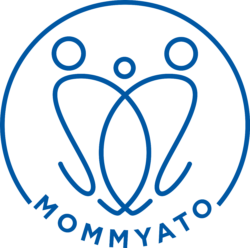30 Nov Postpartum Pelvic Floor Dysfunction After Childbirth
Chronic pelvic pain and incontinence (leaking urine or feces) are not acceptable, long term conditions after childbirth.
What is Pelvic Floor Dysfunction After Childbirth?
As women, we’ve all heard it many times, that leaking pee (urinary incontinence) is the way it is – forever – after childbirth. While urinary incontinence and pelvic discomfort can occur during pregnancy and in the immediate postpartum period, usually because of weight, posture, and hormonal changes, it’s an unacceptable outcome to suffer with chronic urinary incontinence for years and decades after pregnancy and childbirth.
To make matters more complex, urinary incontinence is often part of a more complex condition called pelvic floor dysfunction. Pelvic floor dysfunction can include any of these symptoms:
- Fecal and urinary incontinence
- Prolapse of the pelvic organs (falling of uterus, bladder and/or rectum into or outside of the vagina)
- Pain during sex (mild to severe)
- Pelvic girdle pain (pain from back to legs)
- Vaginal flatulence (otherwise known as “queefing” when air is trapped in the vagina)
- Frequent urge to pee
- Increase in urinary tract infections
- Vaginal dryness
- Constipation
Read more about pelvic floor dysfunction in Mommyato.
How Does Pelvic Floor Dysfunction Happen?
The pelvic floor muscles are like a hammock that support your pelvic organs – the uterus, bladder, vagina, anus and rectum. The muscles criss/cross from the pubic bone to the tailbone. The muscles help control the openings to the urethra (where pee comes out), vagina and anus. They also play a role in orgasm. The tensing of the muscles causes an orgasm (the stronger the muscles the more intense the orgasm!). Conversely, these muscles stretch and elongate to give birth to a baby. The pelvic floor muscles are amazing!
Pelvic floor dysfunction happens during pregnancy, such as the weight and pressure of carrying a large baby or multiples, or if you already have a weak pelvic floor prior to pregnancy.
Postpartum pelvic floor dysfunction happens when there has been trauma to the pelvic musculature, fascia and connective tissue during childbirth. This can lead to problems with feeling “too loose” or “too tight.” Often, weak or “loose” pelvic floors are related to large babies or the use of vacuums or forceps during vaginal delivery. Pelvic floors that feel “too tight” are often related to inflammation as a result of extended pushing, tearing, stitches and episiotomies.
In either case, pelvic girdle pain (pain extending from pelvis to legs) can be mild to significant, as well as unrelenting for months and even years after childbirth. It’s important to know that this pain is not normal and not something you should accept as a long term consequence of childbirth or motherhood.
Is There Treatment for Pelvic Floor Dysfunction?
Start by speaking with your provider about your pelvic symptoms. Any pain during pregnancy or postpartum that is severe or lasts more than 24 hrs should be reported to your provider. If you have pain accompanied by fever, weakness, nausea or vomiting, you should seek medical help immediately.
Make sure you show up for your postpartum appointment. Seek out a pelvic floor physical therapist who can develop a healing program for you. This may involve breath work, abdominal strengthening, posture corrections, and the use of both external weights and internal vaginal weights (to train and strengthen). Together, you’ll determine if your symptoms are related to weakness or tension (tip: Kegels is not the right therapy for pelvic floor tension). Read more about vaginal births and pelvic floor dysfunction in Mommyato.
Above all, Mama, commit to your program and your physical recovery. You’ll want to avoid more serious issues with pelvic floor prolapse in future years, especially as your hormones change and estrogen wains. Get your pregnant and non-pregnant female friends for pelvic floor exercises together. A healthy pelvic floor is part of female health from which all women – non-pregnant, pregnant or postpartum – can benefit.
REFERENCES:
- American College of Obstetricians and Gynecologists (ACOG). November 2021. Pelvic support problems. https://www.acog.org/womens-health/faqs/pelvic-support-problems
- National Institute of Health (NIH). August 2017. The investigation and treatment of female pelvic floor dysfunction. https://www.ncbi.nlm.nih.gov/pmc/articles/PMC4570968/



